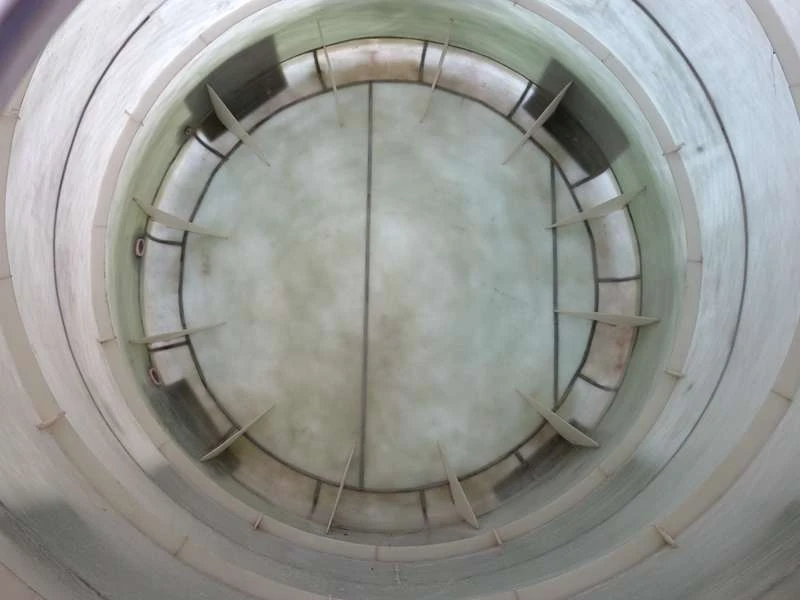
-
 Afrikaans
Afrikaans -
 Albanian
Albanian -
 Amharic
Amharic -
 Arabic
Arabic -
 Armenian
Armenian -
 Azerbaijani
Azerbaijani -
 Basque
Basque -
 Belarusian
Belarusian -
 Bengali
Bengali -
 Bosnian
Bosnian -
 Bulgarian
Bulgarian -
 Catalan
Catalan -
 Cebuano
Cebuano -
 China
China -
 China (Taiwan)
China (Taiwan) -
 Corsican
Corsican -
 Croatian
Croatian -
 Czech
Czech -
 Danish
Danish -
 Dutch
Dutch -
 English
English -
 Esperanto
Esperanto -
 Estonian
Estonian -
 Finnish
Finnish -
 French
French -
 Frisian
Frisian -
 Galician
Galician -
 Georgian
Georgian -
 German
German -
 Greek
Greek -
 Gujarati
Gujarati -
 Haitian Creole
Haitian Creole -
 hausa
hausa -
 hawaiian
hawaiian -
 Hebrew
Hebrew -
 Hindi
Hindi -
 Miao
Miao -
 Hungarian
Hungarian -
 Icelandic
Icelandic -
 igbo
igbo -
 Indonesian
Indonesian -
 irish
irish -
 Italian
Italian -
 Japanese
Japanese -
 Javanese
Javanese -
 Kannada
Kannada -
 kazakh
kazakh -
 Khmer
Khmer -
 Rwandese
Rwandese -
 Korean
Korean -
 Kurdish
Kurdish -
 Kyrgyz
Kyrgyz -
 Lao
Lao -
 Latin
Latin -
 Latvian
Latvian -
 Lithuanian
Lithuanian -
 Luxembourgish
Luxembourgish -
 Macedonian
Macedonian -
 Malgashi
Malgashi -
 Malay
Malay -
 Malayalam
Malayalam -
 Maltese
Maltese -
 Maori
Maori -
 Marathi
Marathi -
 Mongolian
Mongolian -
 Myanmar
Myanmar -
 Nepali
Nepali -
 Norwegian
Norwegian -
 Norwegian
Norwegian -
 Occitan
Occitan -
 Pashto
Pashto -
 Persian
Persian -
 Polish
Polish -
 Portuguese
Portuguese -
 Punjabi
Punjabi -
 Romanian
Romanian -
 Russian
Russian -
 Samoan
Samoan -
 Scottish Gaelic
Scottish Gaelic -
 Serbian
Serbian -
 Sesotho
Sesotho -
 Shona
Shona -
 Sindhi
Sindhi -
 Sinhala
Sinhala -
 Slovak
Slovak -
 Slovenian
Slovenian -
 Somali
Somali -
 Spanish
Spanish -
 Sundanese
Sundanese -
 Swahili
Swahili -
 Swedish
Swedish -
 Tagalog
Tagalog -
 Tajik
Tajik -
 Tamil
Tamil -
 Tatar
Tatar -
 Telugu
Telugu -
 Thai
Thai -
 Turkish
Turkish -
 Turkmen
Turkmen -
 Ukrainian
Ukrainian -
 Urdu
Urdu -
 Uighur
Uighur -
 Uzbek
Uzbek -
 Vietnamese
Vietnamese -
 Welsh
Welsh -
 Bantu
Bantu -
 Yiddish
Yiddish -
 Yoruba
Yoruba -
 Zulu
Zulu
fiber reinforced plastic tank
The Advancements and Applications of Fiber-Reinforced Plastic Tanks
Fiber-reinforced plastic (FRP) tanks have emerged as a prominent solution in various industries due to their unique combination of strength, durability, and lightweight properties. Constructed from a polymer matrix reinforced with fibers, typically made from glass, carbon, or aramid, these tanks have revolutionized the way we store and transport liquids and gases. This article explores the advancements, benefits, and applications of fiber-reinforced plastic tanks, highlighting their significance in modern industrial practices.
Understanding Fiber-Reinforced Plastics
Fiber-reinforced plastics are composite materials that consist of a polymer matrix embedded with fibers that enhance their mechanical properties. The inclusion of fibers significantly improves attributes such as tensile strength, toughness, and resistance to environmental degradation. The production of FRP tanks generally involves processes like filament winding, open molding, or spray-up techniques, which allow for precision engineering and customization to meet specific performance requirements.
Advantages of FRP Tanks
1. Corrosion Resistance One of the most appealing features of FRP tanks is their exceptional resistance to corrosion. Unlike metal tanks, which can rust or degrade when exposed to corrosive substances, FRP tanks maintain integrity in harsh chemical environments. This property makes them ideal for storing chemicals, water, and wastewater.
2. Lightweight Construction FRP tanks are significantly lighter than traditional metal tanks, such as those made from steel or aluminum. This characteristic not only reduces transportation costs but also allows for easier installation and mobility. Industries can save on both labor and equipment costs associated with handling heavy containers.
3. Cost-Effectiveness Although the initial investment for manufacturing FRP tanks may be higher than that of some traditional materials, their long-term benefits lead to substantial cost savings. The longevity of FRP due to its resistance to wear and tear reduces the frequency of replacements, minimally serving maintenance and operational downtimes.
4. Temperature and Pressure Resistance FRP tanks can be engineered to withstand extreme temperatures and pressure levels, making them suitable for a wide range of applications, from cooling towers to chemical processing.
5. Design Flexibility The versatility of FRP materials allows for a variety of designs and configurations. Manufacturers can create tanks of differing shapes and sizes tailored to specific applications, requiring unique specifications.
fiber reinforced plastic tank

Applications of FRP Tanks
The application scope of fiber-reinforced plastic tanks is diverse and encompasses multiple sectors, including
1. Water and Wastewater Treatment FRP tanks are extensively used in water treatment facilities, where they serve as storage for chemicals and treated water. Their resistance to corrosion and chemicals contributes to the effective management of water resources.
2. Chemical Industry In the chemical processing sector, FRP tanks are crucial for storing acids, alkalis, and other corrosive substances. The tanks ensure safe storage and are designed to meet strict industry standards for chemical containment.
3. Oil and Gas In the oil and gas industry, FRP tanks are used for secondary containment solutions, helping prevent leaks and environmental contamination. Their lightweight nature facilitates easier transportation to remote drilling sites.
4. Food and Beverage Hygiene is paramount in the food industry, and FRP tanks can be manufactured to meet strict health and safety regulations. They provide a safe environment for storing various food products and beverages, preventing contamination.
5. Pharmaceuticals The pharmaceutical industry benefits from FRP tanks for their ability to maintain sterile conditions, which are essential for the production of medications and vaccines. They can be customized to ensure compliance with stringent regulatory requirements.
Conclusion
Fiber-reinforced plastic tanks represent a significant advancement in materials engineering, offering numerous advantages across various industries. Their lightweight, cost-effective, and corrosion-resistant nature makes them an essential component of modern industrial practices. As technology continues to evolve, the development of FRP tanks is likely to expand, further enhancing their capabilities and applications. Embracing these innovative materials can lead businesses toward improved efficiency, safety, and sustainability.









